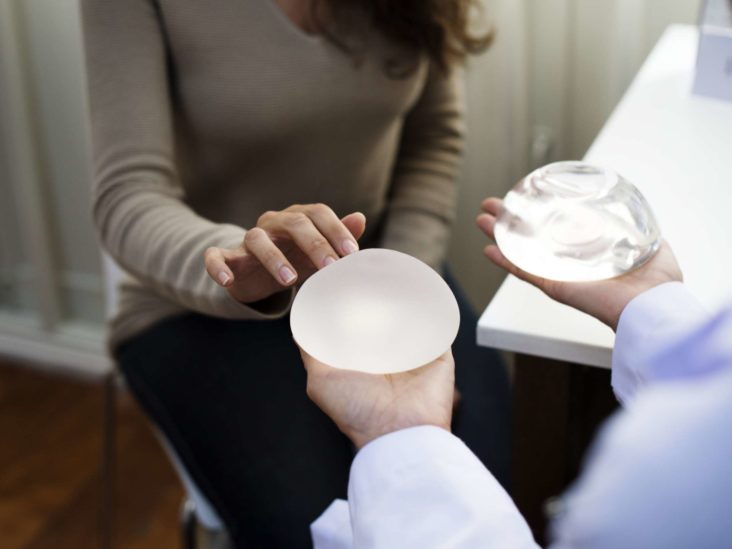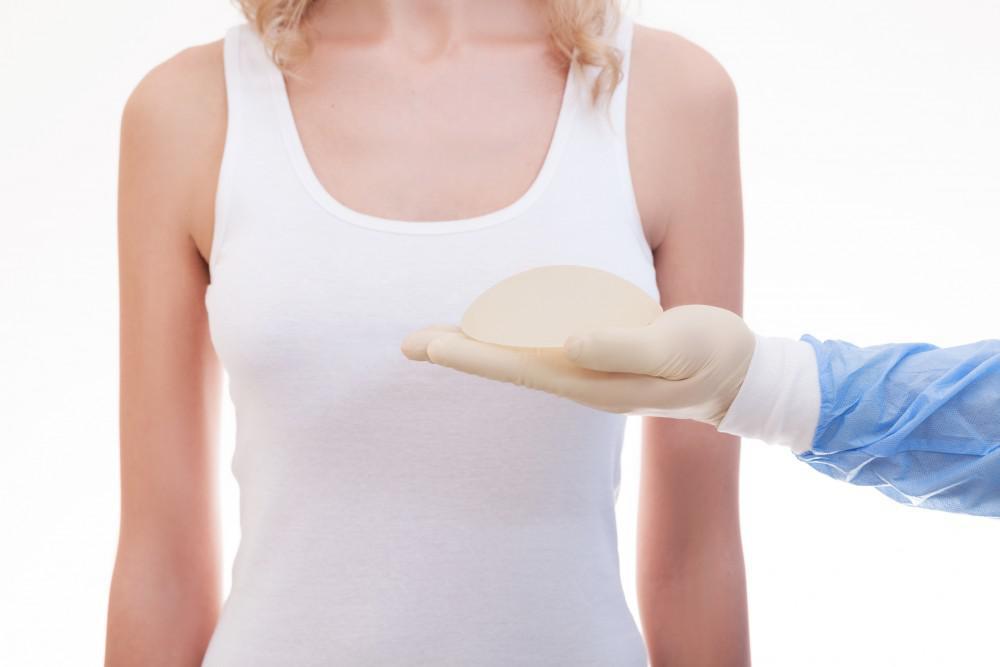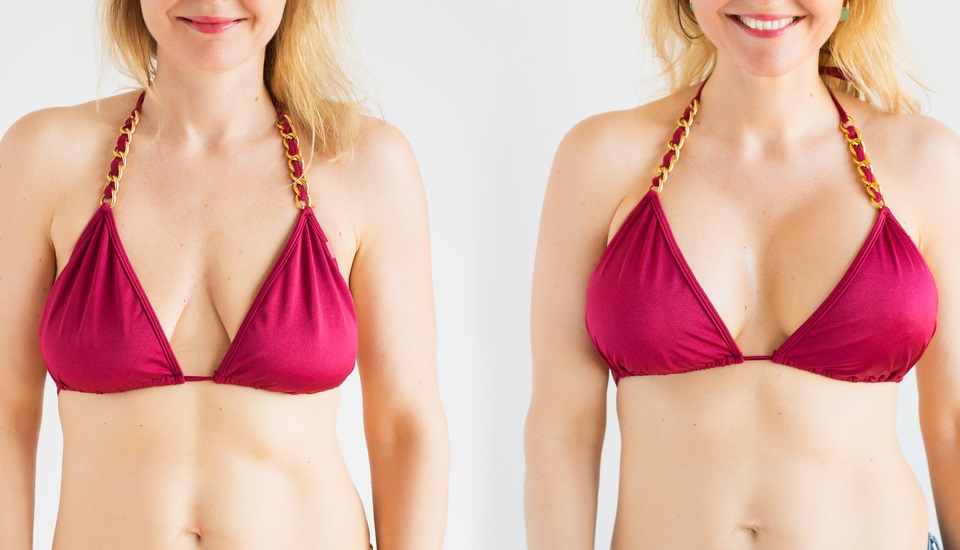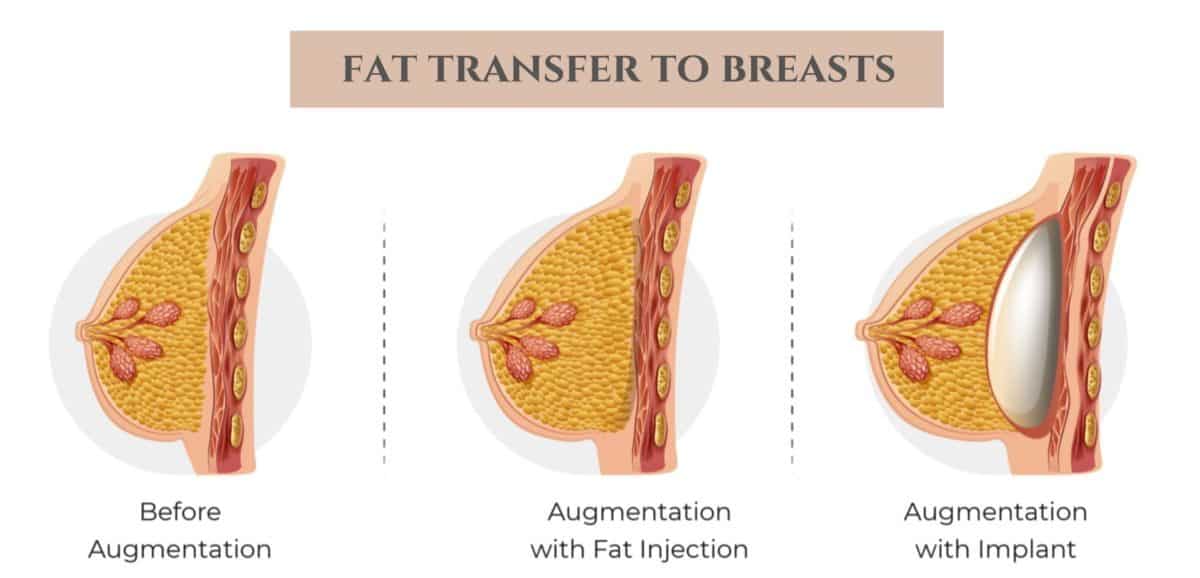In the world of cosmetic procedures, there’s no shortage of options. From fat grafting to fillers and more, plastic surgery protocols continue to evolve alongside new technologies and innovations. Now, a fresh debate is emerging regarding breast implants vs breast filler: Which procedure is safer? Weighing the pros and cons of both procedures can be tricky. After all, each one comes with its own set of risks and benefits. Here’s what you need to know about these two cosmetic procedures so that you can decide which one is right for you.

What’s the difference between breast implants and filler?
Breast augmentation is the process of altering the size, shape, and/or volume of a woman’s breasts through the use of implants. The best way to understand breast augmentation is to think of it as an expansion of the procedure breast implants perform. Breast augmentation can involve the use of silicone implants (whether in the form of a saline-filled or a silicone-filled breast implant), fat grafting to the breast, or a combination of both. Breast augmentation with silicone implants is a surgical procedure where breast implants are placed beneath the breast tissue and/or above the pectoral muscle. These breast implants are filled with a semi-solid gel called silicone gel that is placed in a breast implant shell. Breast augmentation with fat grafting is a surgical procedure that involves removing fat from one area of the body (like the abdomen) and transferring it to the breasts. Breast augmentation with breast filler, on the other hand, is a non-surgical procedure that doesn’t require an incision or any anesthesia. It’s great for people who can’t undergo surgery (like those who are breastfeeding or are too young for breast augmentation).

Breasts Implanted with Silicone Shells
Breast implants, whether saline or silicone, are used to increase the size and/or enhance the shape of a woman’s breasts. To perform breast augmentation with silicone implants, a surgeon first makes a small incision in the breast. Next, they place the silicone implant inside the breast and massage the surrounding tissue to make the breasts larger. Silicone breast implants are filled with saline (salt water) or silicone gel (a type of oil-based gel that looks and feels like silicone). If a woman gets saline-filled breast implants, they will gradually deflate over time, as the saline solution drains out of the breast implant. Silicone-filled breast implants, on the other hand, are a safer option than saline-filled ones because they remain in place for the entire lifespan of the implant. That said, silicone breast implants have been known to cause complications like scar tissue formation, rupture, and other issues.

Breast Augmentation with Fat Grafting
Breast augmentation with fat grafting is a procedure where fat is removed from one area of a person’s body, like their stomach or back, and is then placed into their breasts to increase their size and/or shape. This type of breast augmentation works best on women who have a low body fat percentage and/or small breasts. Breast augmentation with fat grafting can be performed in two ways: the fat can be removed from your body and then placed into your breasts via an incision or the fat can be removed from your body and then centrifuged to separate the fat cells from the rest of the tissue. Once the fat is separated, it can be injected into your breasts.

Who is a Candidate for Implant or Filler?
Women who are looking to enhance the size and shape of their breasts should consider breast augmentation with silicone breast implants or breast augmentation with fat grafting. Women who want larger breasts, but have a low body fat percentage and/or small breasts, are ideal candidates for fat grafting because the procedure is more effective on women with a low percentage of fat. Breast augmentation with silicone breast implants, on the other hand, is ideal for women with a high percentage of body fat because the breast implant will be more naturally concealed within the breast.

Key Differences Between Implants and Fillers
Breast implants are more permanent than breast fillers. Breast implants can last a lifetime, while breast fillers need to be redone every 3-5 years. Breast implants are placed under the skin, while fillers are injected into the breast tissue. Breast implants are made from silicone, saline, or silicone gel, while breast fillers are made from hyaluronic acid, a type of collagen. Breast implants are inserted via surgery, while breast fillers are injected via a non-surgical procedure. Breast implants come with a higher risk of infection, scarring, and other complications, while breast fillers have a lower risk of these side effects.

Which One Is Safer: Breast Implants or Filler?
When it comes to safety and longevity, there are certain factors to consider. For example, silicone breast implants are more likely to rupture than saline breast implants. Likewise, hyaluronic acid breast fillers are more likely to dissolve than silicone breast implants. If these factors are taken into consideration, the greater longevity of silicone breast implants may make them safer than breast fillers. That said, breast implants are a more invasive procedure than breast fillers and carry a higher risk of complications and side effects. That’s not to say breast fillers are completely safe — they can cause complications and side effects, too. Ultimately, the decision about which procedure is safer is a personal one that should be made after thorough research and consultation with a doctor. Breast augmentation with silicone breast implants is a more invasive procedure that carries a higher risk of complications than breast augmentation with breast fillers.
The Bottom Line
When it comes to breast augmentation, you have two options: breast implants or breast fillers. Both are safe procedures, but there are some key differences. Breast implants are a more invasive procedure that lasts a lifetime, whereas breast fillers need to be redone every 3-5 years. If you’re looking to enhance the size and shape of your breasts, you’ll want to consider breast augmentation with silicone breast implants or breast augmentation with fat grafting. Once you’ve made a decision, be sure to discuss the procedure in detail with your surgeon so you can make an informed decision about which procedure is safer.
























